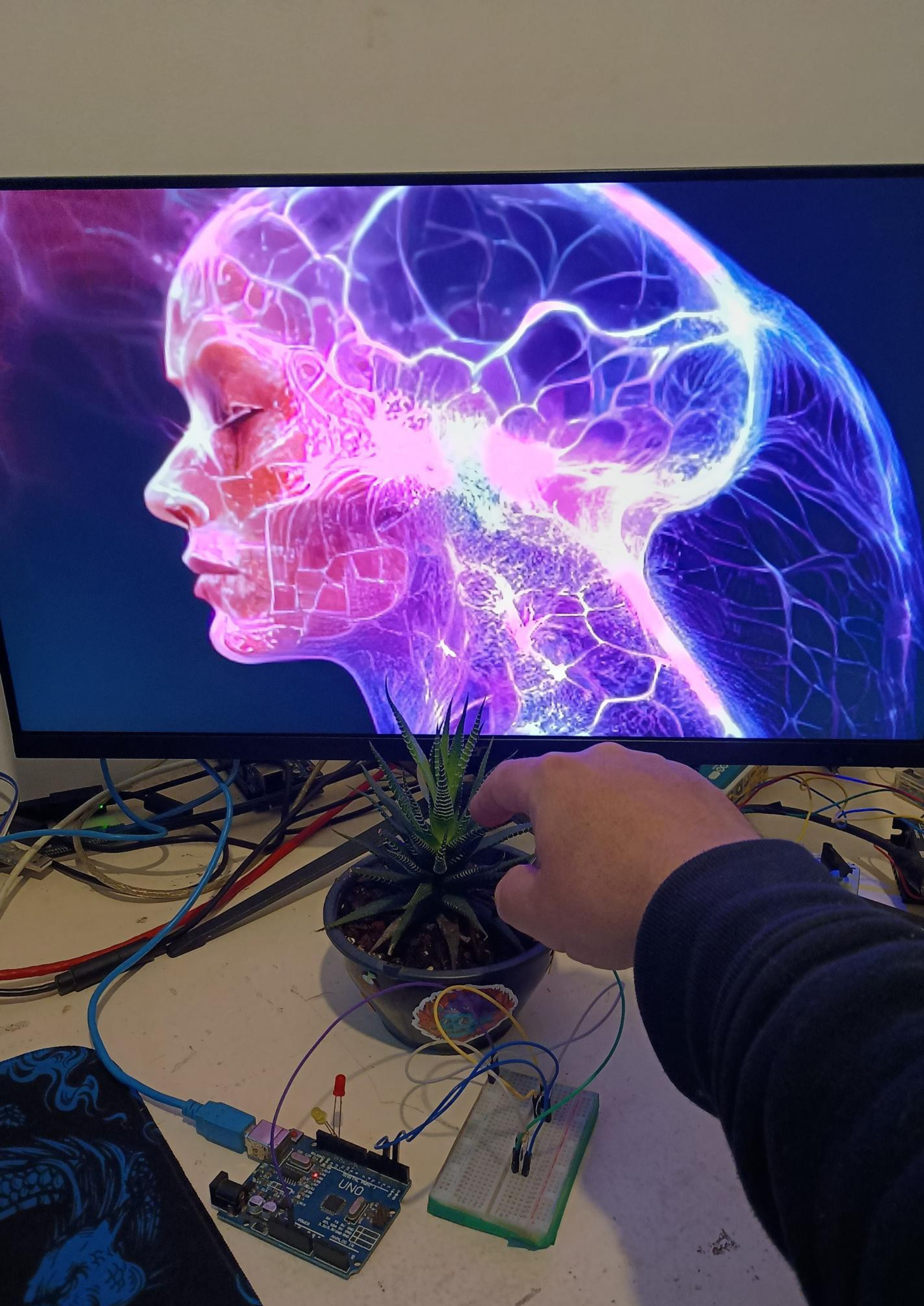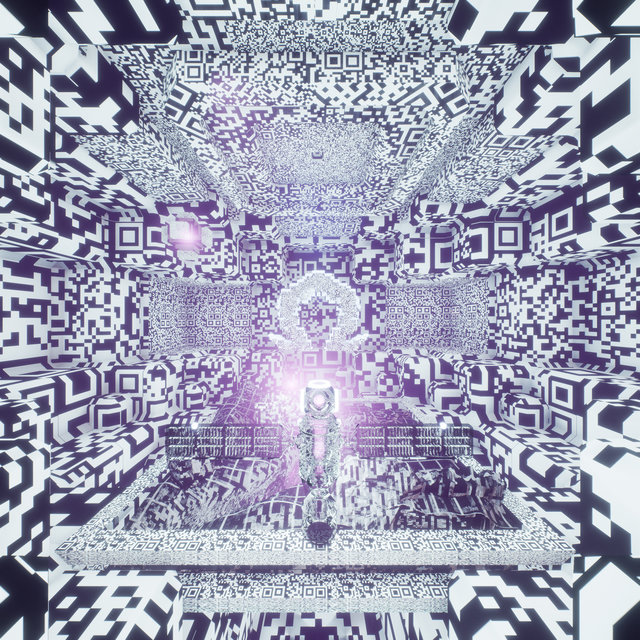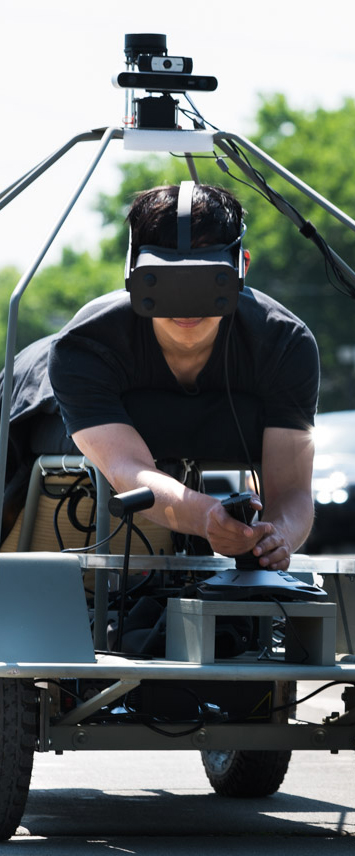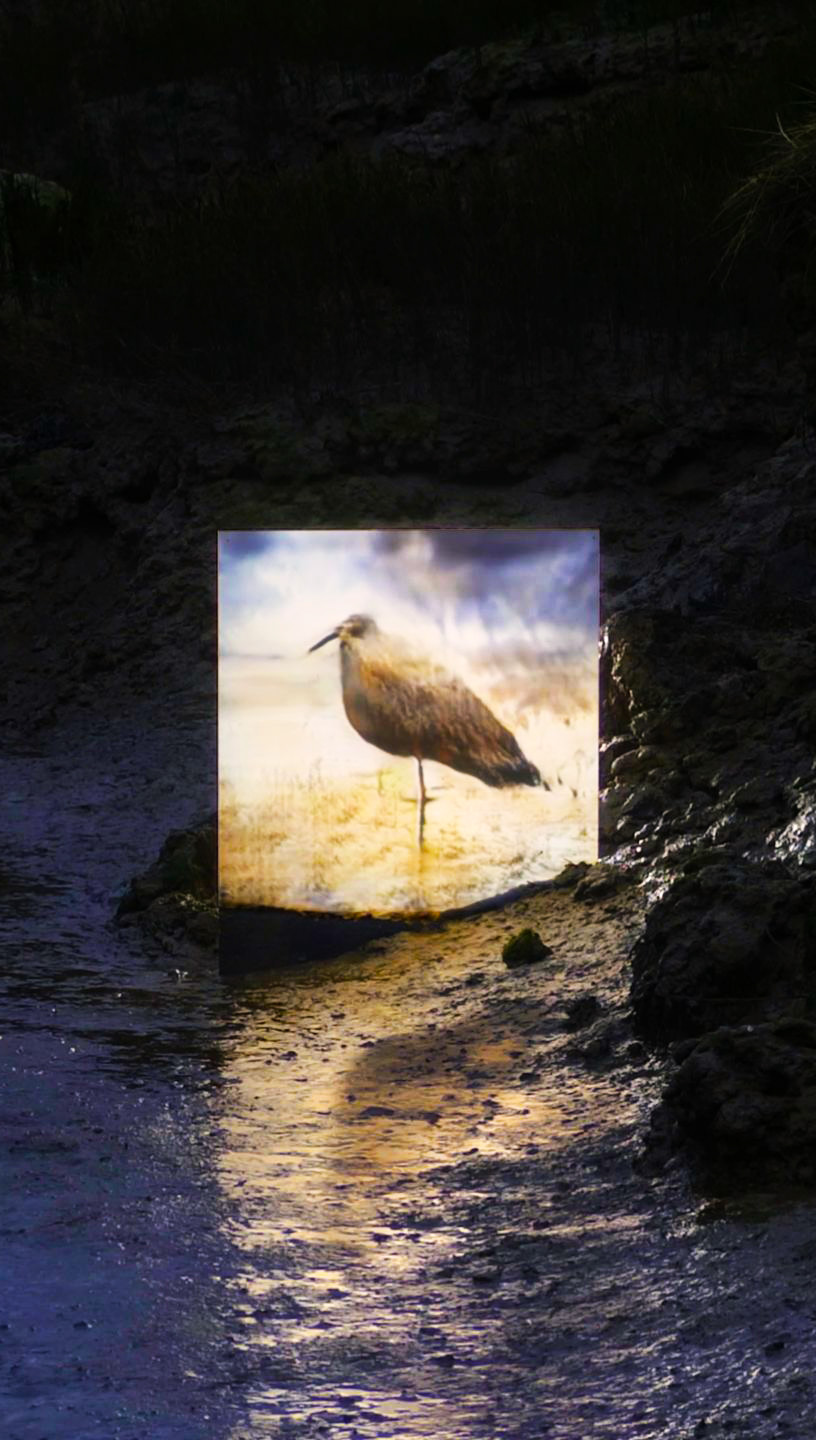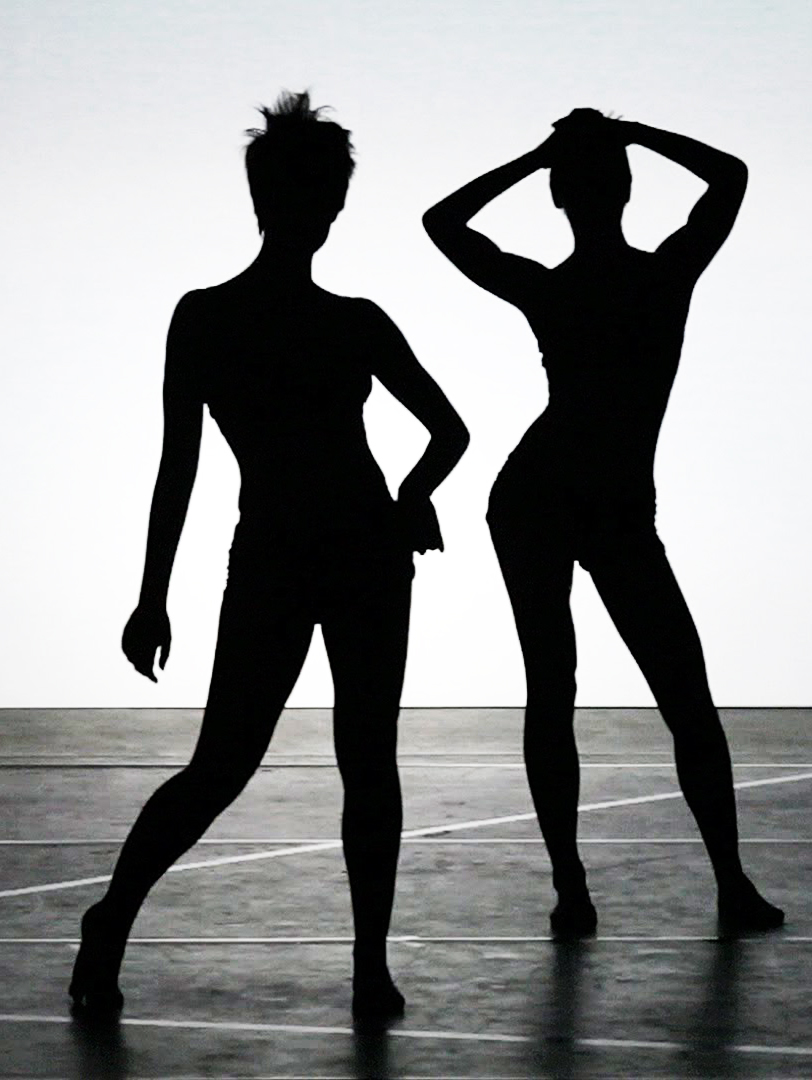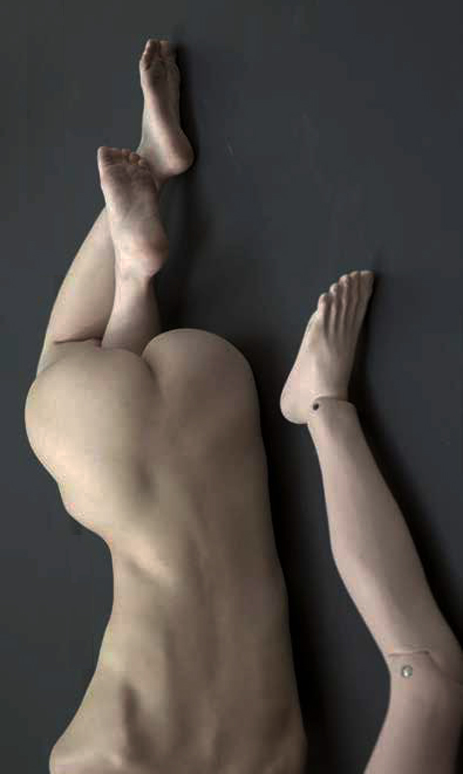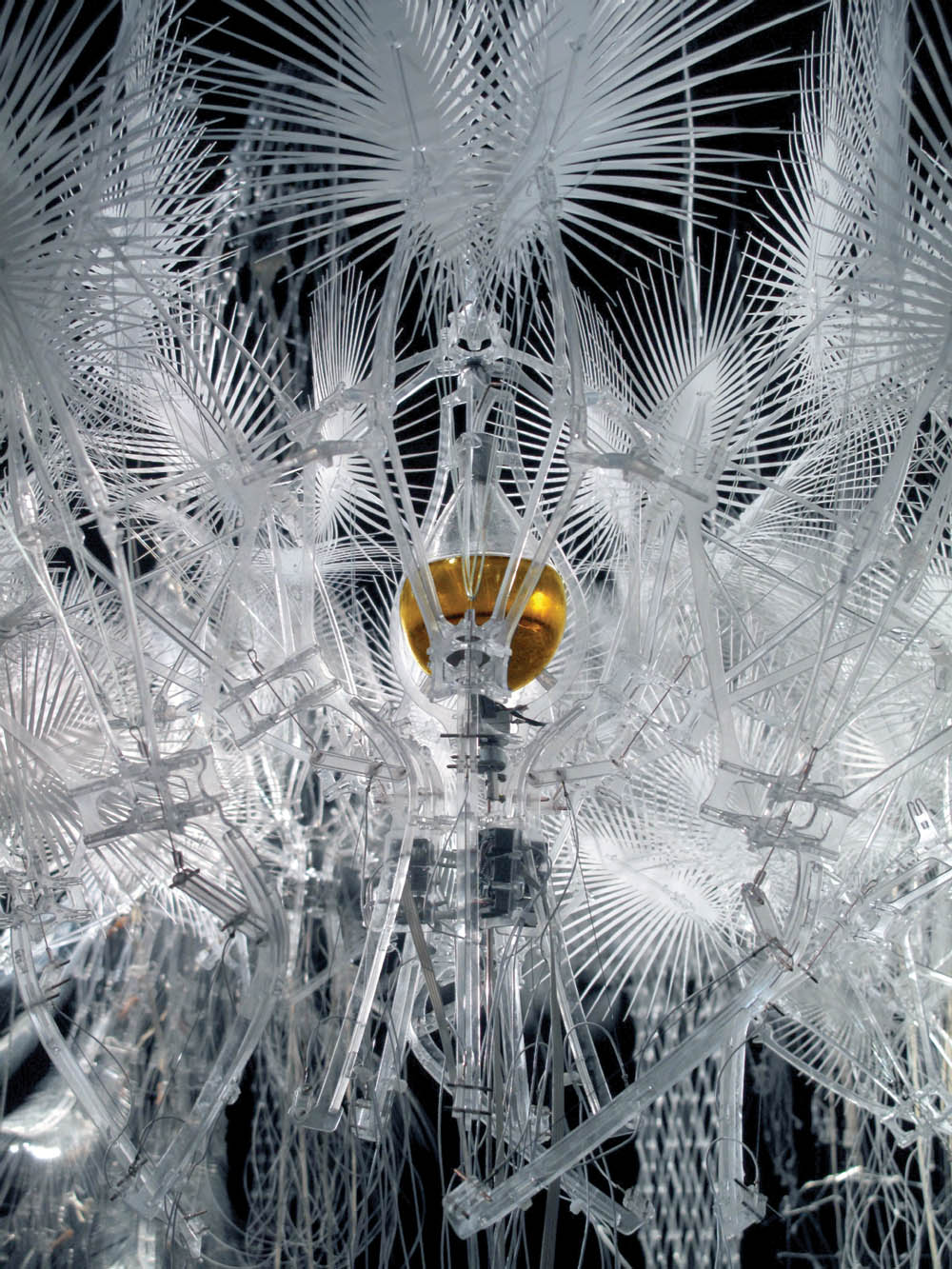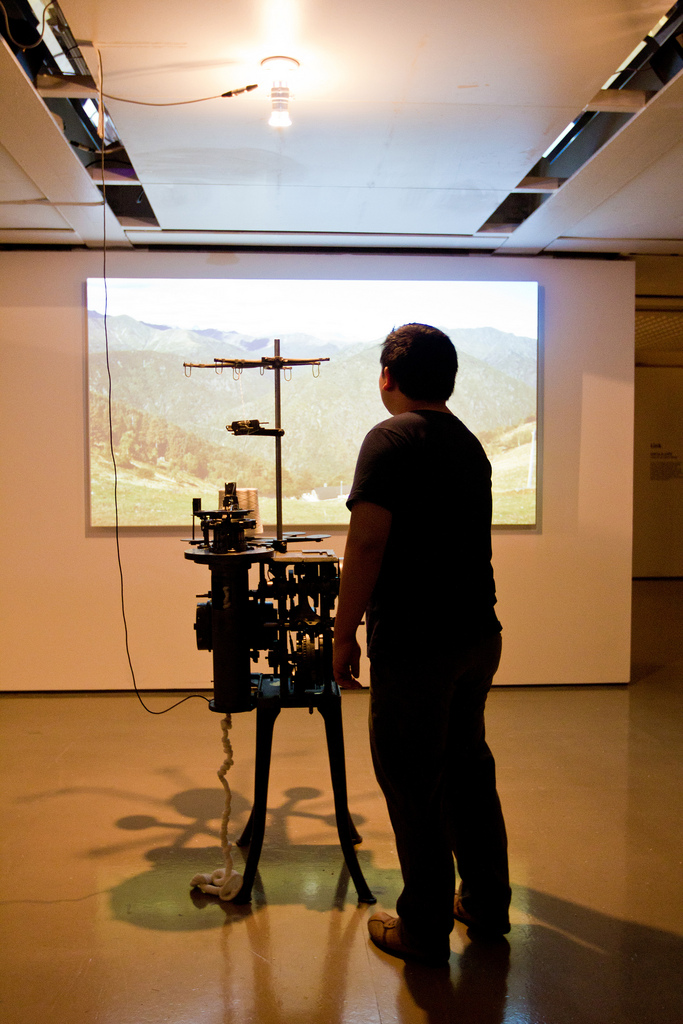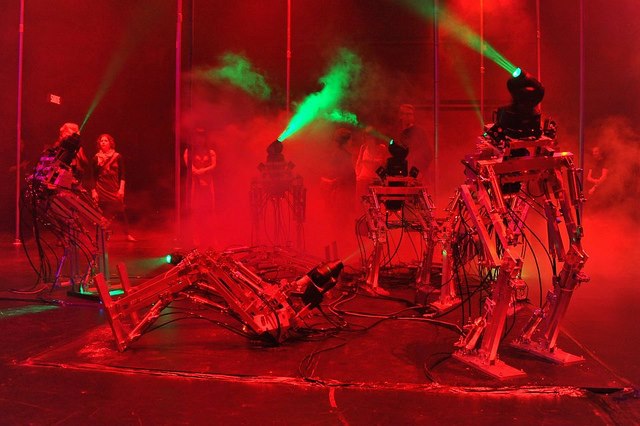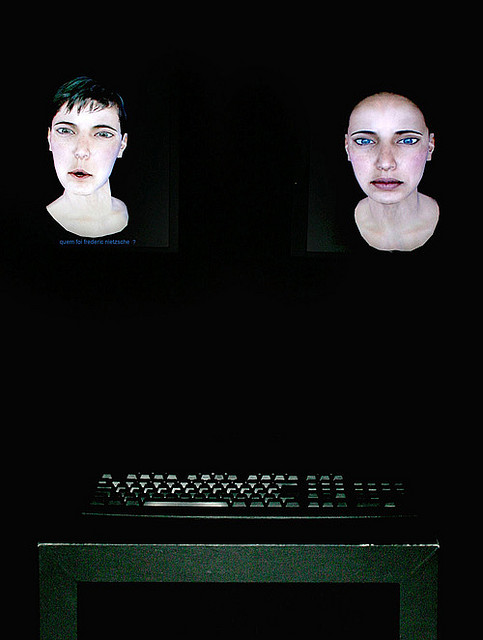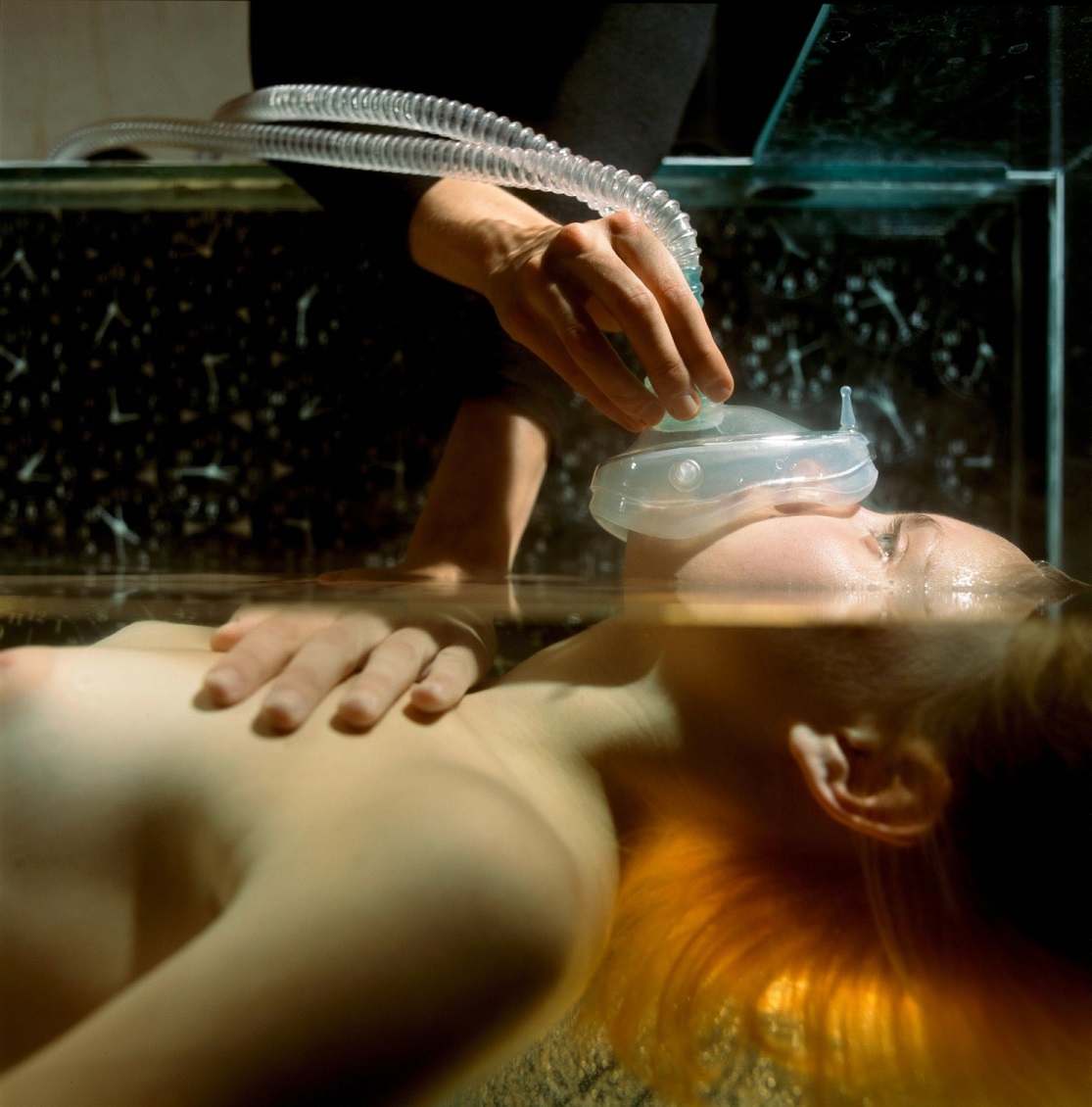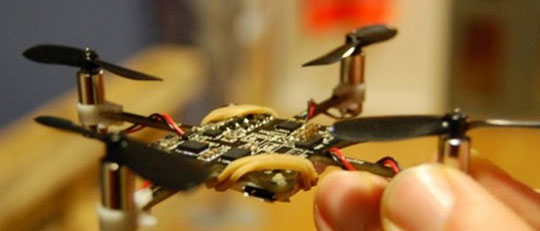Tecnosoma — Circuitos sensíveis na Carne da Máquina
David Da Paz
FILE São Paulo 2025 | Workshop
Festival Internacional de Linguagem Eletrônica
Tecnosoma — Circuitos sensíveis na Carne da Máquina – Brasil
Nesta oficina, os participantes explorarão a fusão entre corpo, tecnologia e inteligência artificial, criando experiências interativas com sensores capacitivos e modelos generativos em tempo real. Inspirada pelo conceito de Tecnosoma — a máquina como organismo sensível e pulsante —, a oficina investiga como o toque humano pode gerar sinais elétricos que ativam respostas audiovisuais, sonoras e lumínicas. Serão abordados microcontroladores (Arduino e ESP32), IA generativa e interatividade sensorial.
BIO
Artista, pesquisador e desenvolvedor, é especialista em IA, machine learning e IoT. Atua há mais de 10 anos com arte interativa, sistemas generativos e instalações sensoriais. Participou da residência Artropocode (Espanha) e da Spontaneous Combustion Residency (Londres), explorando performances ciberurbanas e mídias locativas.

